.webp)
Pearson's Candy Company
What if you could enjoy an entire box of chocolates... in a single candy bar? Well, that is the story of the Seven Up Candy Bar.
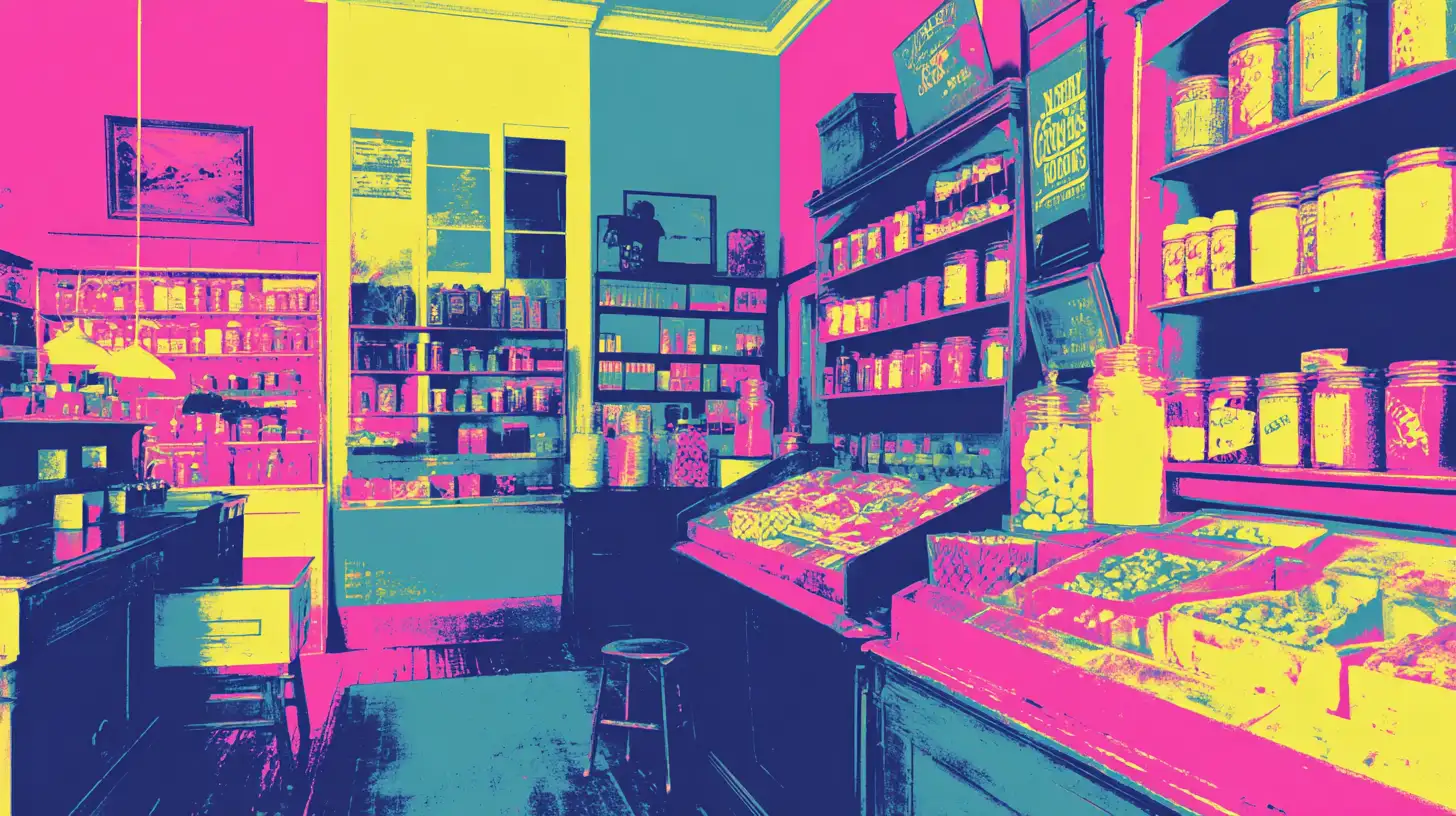
It’s 1885, Dubuque, Iowa. A young immigrant named William Widman starts his American dream with a baker’s apron and flour-dusted hands. He starts a modest shop making bread and candy that will eventually become a four-generation confectionery empire.
But William had bigger aspirations.
He packed up his recipes and headed north to St. Paul, Minnesota, where opportunity knocked at Pearson Candy Company. Little did anyone know that this unassuming candy maker would change candy forever.
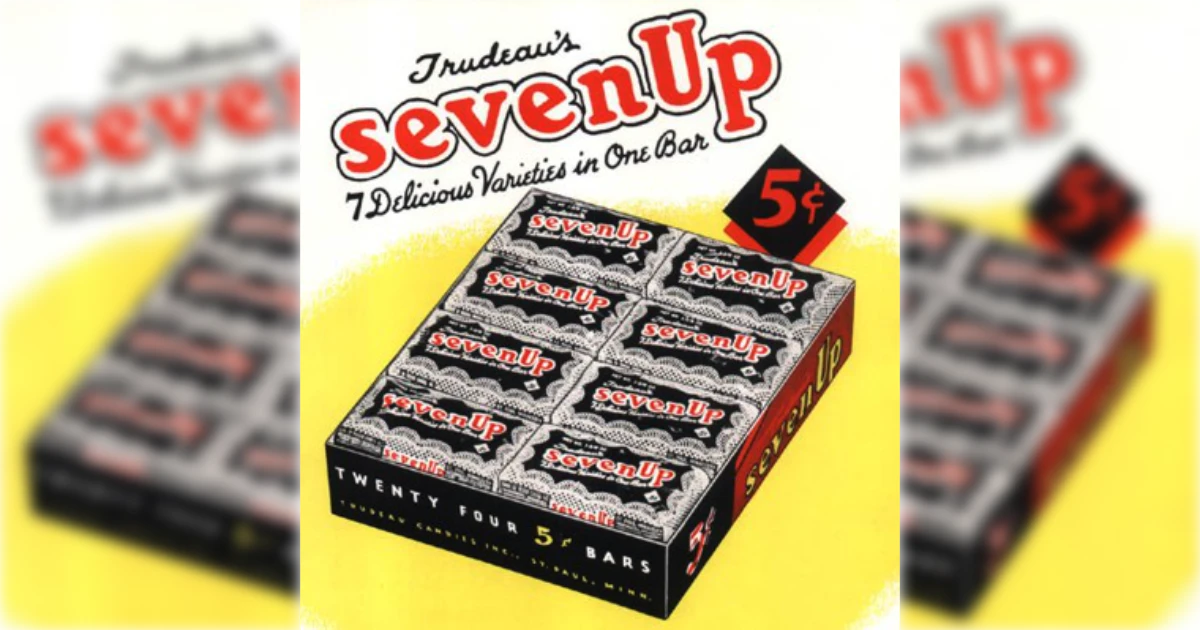
While working in a bustling candy factory, William Widman thought: Why should people have to buy an entire box of assorted chocolates just to enjoy different flavors?
His solution was simple but genius.
Instead of separate chocolates, why not create seven connected “pillows” — each with a different flavors — all wrapped in milk chocolate? A portable box of chocolates in one candy bar.
This was the idea for the Seven Up Candy Bar. Not to be confused with the popular 7 Up soda.
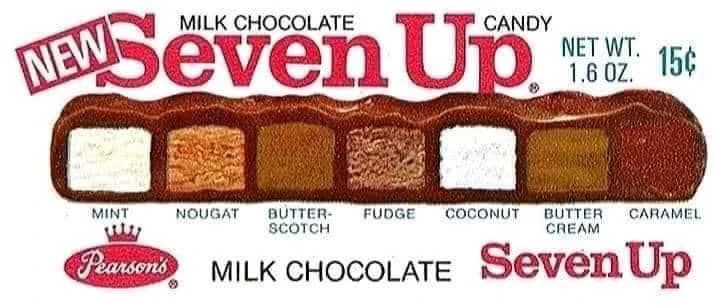
In the 1930s, the original Seven Up candy bar featured:
The marketing campaign was brilliant. They called each section a “pillow” and emphasized the mystery and variety. Imagine unwrapping seven surprises at once.
In 1951, the Pearson’s Candy Company tweaked the flavors “to go with the times,” constantly evolving the recipe to keep consumers guessing.
Popular new combinations included Brazil nut, buttercream, and orange jelly.
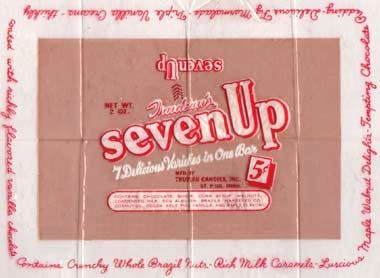
Consumers found this candy bar to be the experience of a lifetime.
Kids would break off one section at a time, savoring each flavor on their walk home from school. Some developed fierce loyalties to specific sections (orange jelly had a devoted following). Others would trade away the coconut pieces (something all too relatable to me).
Workers hand-placed each candy section on moving conveyor belts. Like a real-life “I Love Lucy” chocolate factory episode.
The Seven Up bar made choosing candy an adventure instead of a decision.

The success of the Seven Up candy bar attracted corporate attention. Pearson’s was sold to ITT/Continental Baking in 1968, then changed hands again in the 1970s.
But a storm was brewing.
The Seven Up bar’s greatest strength in its seven-section design became its Achilles’ heel. Production costs skyrocketed. The intricate process of creating seven different fillings and perfectly assembling them was becoming a nightmare.
Then came the legal earthquake.
7 Up soda (owned by The American Bottling Company) had been around since the 1920s. They had seniority. They had lawyers. And they had a problem with a candy bar sharing their name.
The trademark battle was going to be an uphill battle.
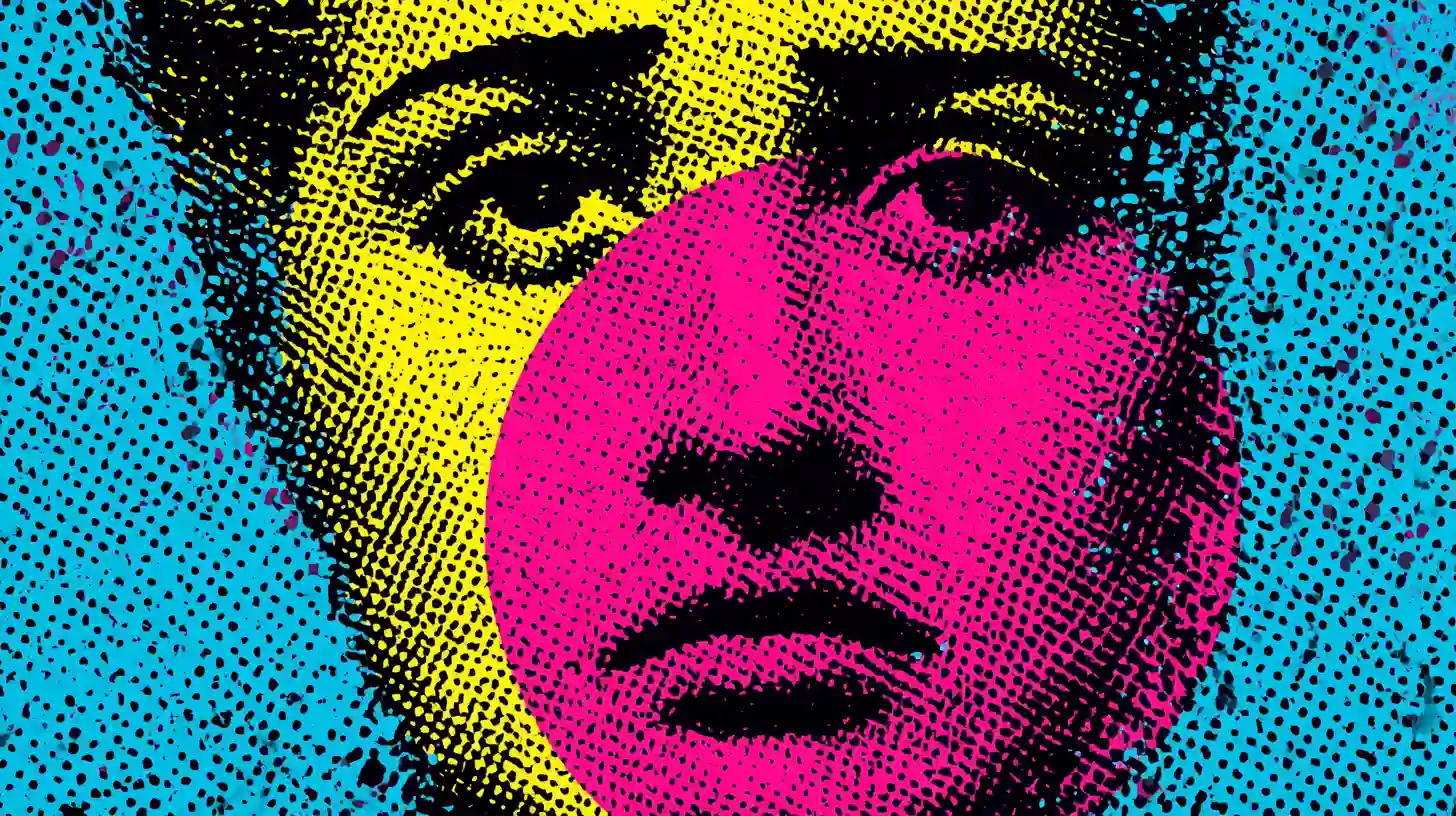
In a conference room somewhere, a devastating decision was made. Larry Hassler, Pearson’s financial officer, faced a harsh reality.
Trademark disputes with 7 Up soda were unwinnable, manufacturing costs had become unsustainable, and the production process was too difficult.
So they discontinued the 7 Up candy bar.
The manufacturing equipment was sold. The trademark was transferred to The American Bottling Company. Nearly 50 of one of America’s favorite candy bars... gone.
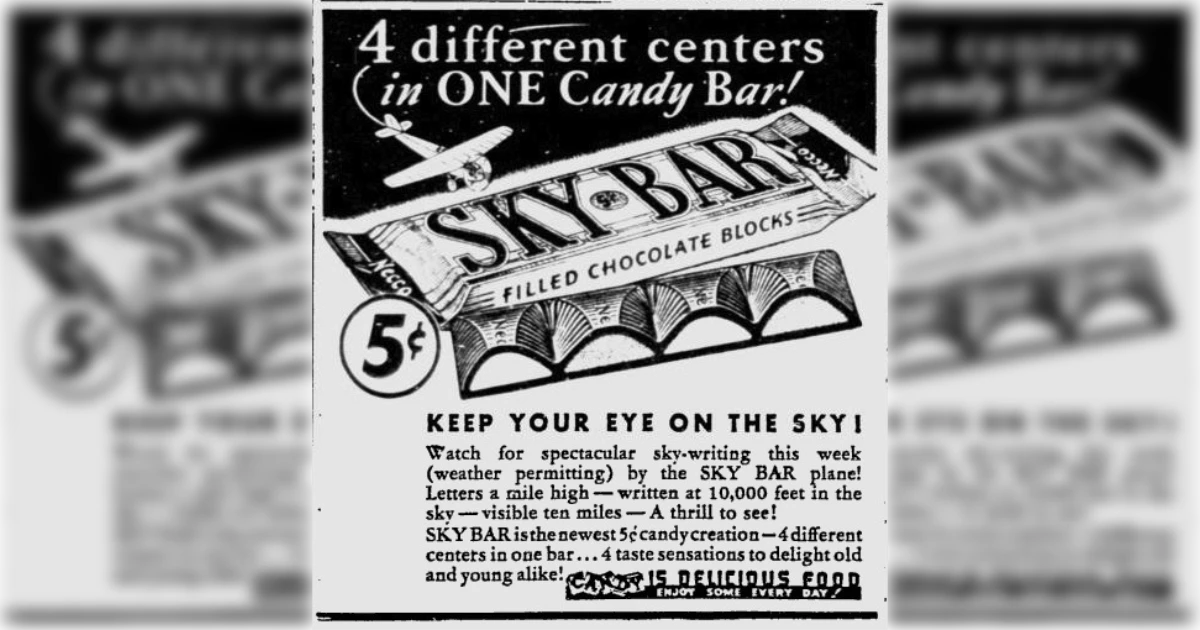
Today, William Widman’s great-granddaughter, Carol Widman Kennedy, carries on the family tradition. Along with her siblings, they operate three candy stores across North Dakota and Minnesota. They keep the inventor’s legacy alive, one hand-dipped chocolate at a time.
Today’s closest equivalent is the Sky Bar, but with only four sections instead of seven. Still a great candy bar, but not the same.